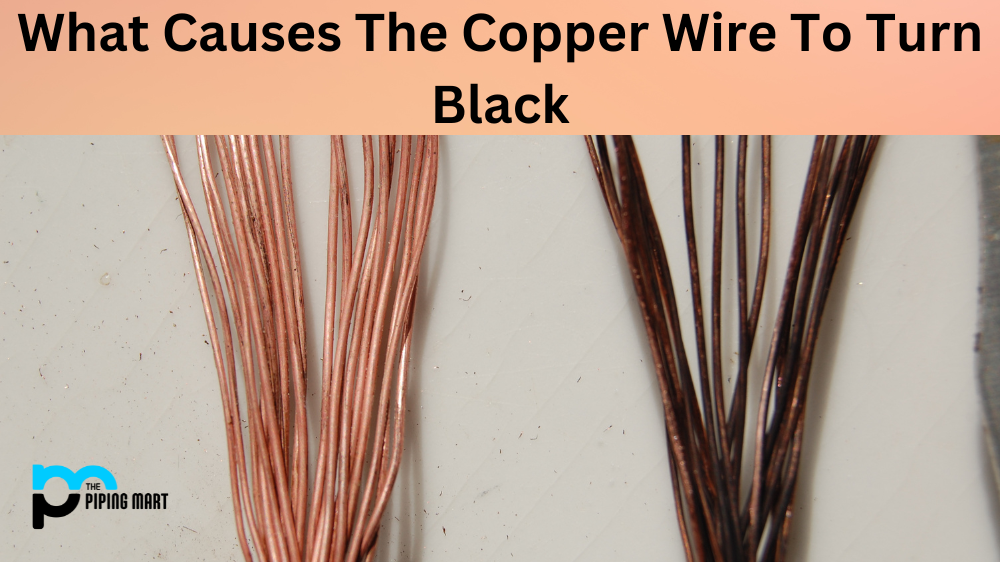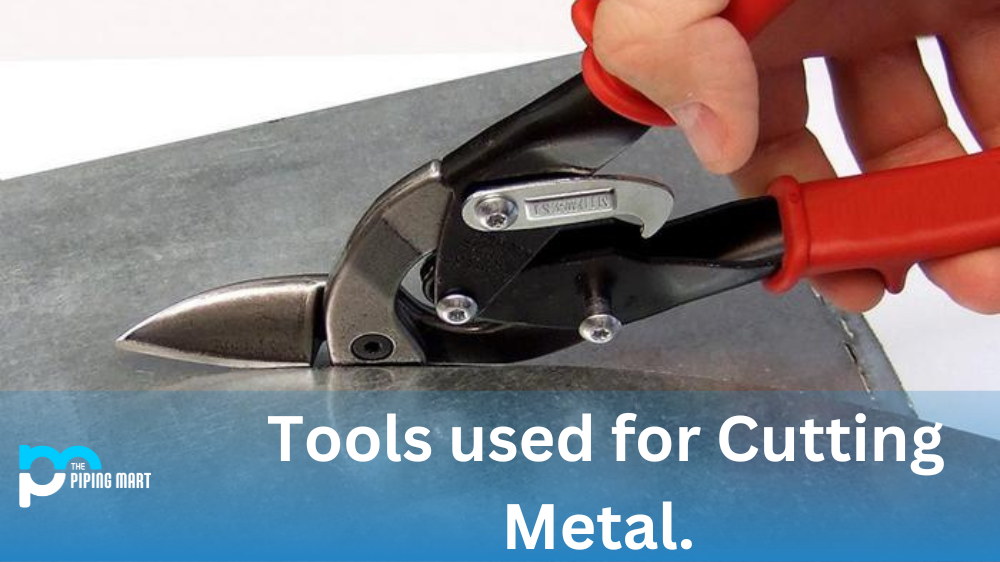Inconel 718 and X750 are both nickel-based superalloys that offer excellent corrosion resistance, high strength, and superior heat resistance. However, when it comes to choosing between these two metals, which one is right for your application? Let’s take a closer look at both of these alloys to see how they compare.
Chemical Composition
The chemical composition of Inconel 718 is made up of 58% Nickel (Ni), 17-21% Chromium (Cr), 4.75-5.50% Nb, 3-5% Mo, 1.15-1.65 % Ti, 0.60-1.20 % Al, 0.08-0.35 % C, 0.35 max S and Fe at the balance with max P of 0.015%. Inconel X750 has a slightly different composition consisting of 70% Ni, 14-17% Cr, 5-9 % Nb + Ta; 3 – 5% Mo; 0.7 – 1.2 % Al; 0 .08 – 0 .13 % C; 0 .25 max S and Fe at the balance with max P of 0 .015%.
Heat Treatment
Inconel 718 can be heat treated to obtain higher strength levels than those achievable in the annealed condition while still maintaining excellent corrosion resistance and good formability characteristics when compared to other superalloys such as X750. Heat treating is not recommended for Inconel X750 due to its low thermal conductivity, which makes it difficult to achieve uniformity in the material during heat treating operations such as quenching and tempering processes that require rapid cooling rates in order to achieve maximum hardness levels without cracking or distortion in the material structure.
Tensile Properties
In terms of tensile properties, Inconel 718 has a higher ultimate tensile strength (UTS) than X750 at room temperature (RT). At RT, UTS for 718 is 827 MPa, while for X750, it is 690 MPa making 718 more suitable for applications requiring high strength levels, such as fasteners or turbine blades where temperatures are not excessively high (>950 °C). At elevated temperatures (>950 °C), however, tensile strength decreases quickly for both alloys leading to lower values for both materials when compared to their RT values but still higher values for Inconel 718 at temperatures up to 1050 °C where its UTS value is around 500 MPa while that of X750 is only around 300 MPa making it less suitable for applications requiring high mechanical properties at elevated temperatures such as turbine blades or fasteners used in aircraft engines operating under extreme thermal conditions like afterburners, etc.
Conclusion:
In summary, when comparing the two metals side by side, there are clear differences between them which lead us to conclude that Inconel 718 offers better overall performance than X750 due to its higher tensile strength at room temperature (RT) and elevated temperatures (>950 °C). It also has better corrosion resistance thanks to its higher chromium content and can be heat treated which allows it to reach even higher levels of tensile strength than those achievable in its annealed condition while still maintaining good formability characteristics compared with other superalloys like X750, whose low thermal conductivity makes it difficult to achieve uniformity during heat treatment operations like quenching & tempering processes required for achieving maximum hardness levels without cracking or distortion in the material structure thus making it less suitable for applications requiring high mechanical properties at elevated temperatures like turbine blades or fasteners used in aircraft engines operating under extreme thermal conditions like afterburners etc. Intended Audience: Engineers and metallurgists looking for information about metals’ capabilities and applications within their projects/fields should use this post as a guide when comparing these two metals side by side before deciding on which one best suits their needs based on the specific performance requirements demanded by their project/field of work etc.

Abhishek is a seasoned blogger and industry expert, sharing his insights and knowledge on various topics. With his research, Abhishek offers valuable insights and tips for professionals and enthusiasts. Follow him for expert advice on the latest trends and developments in the metal industry.




